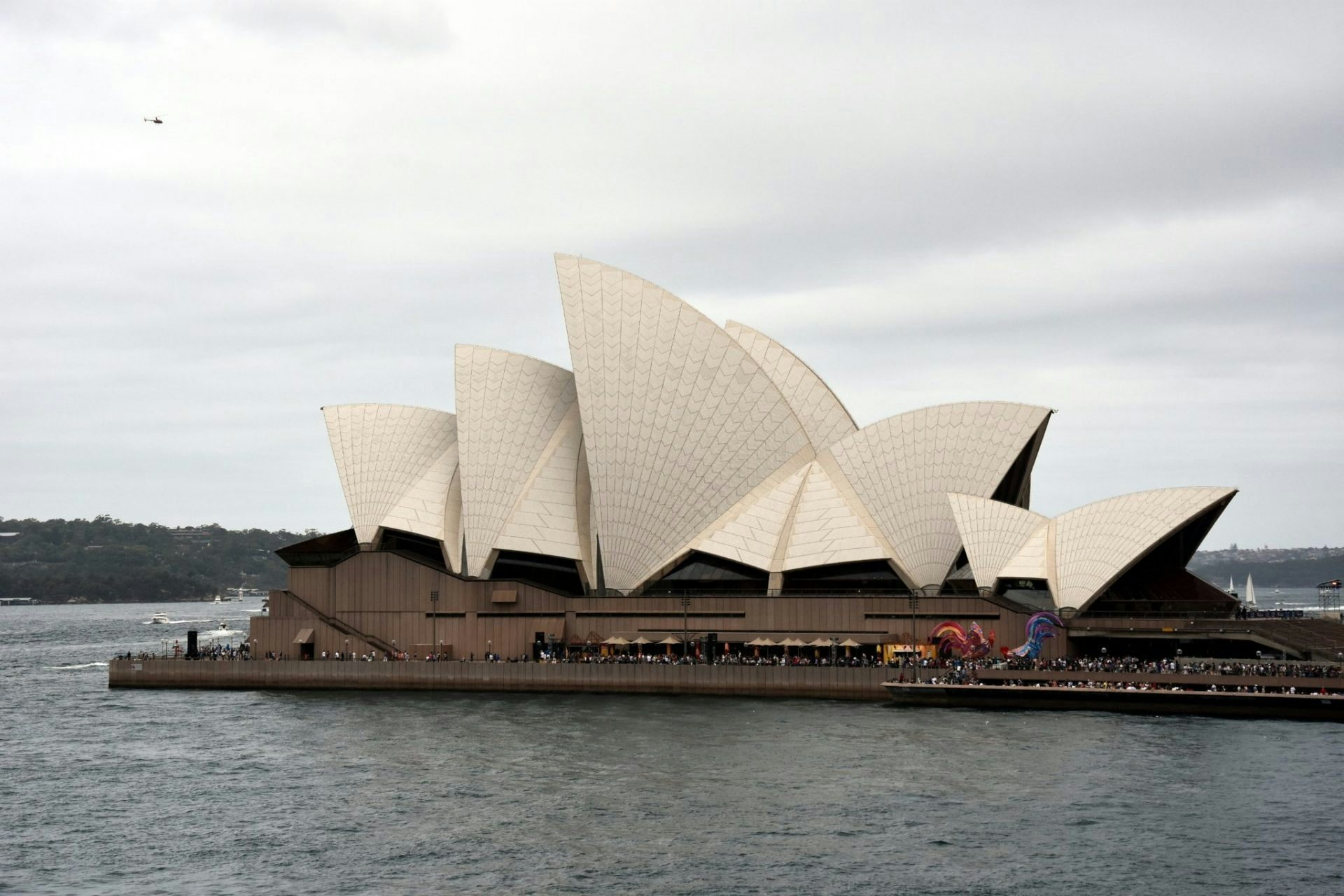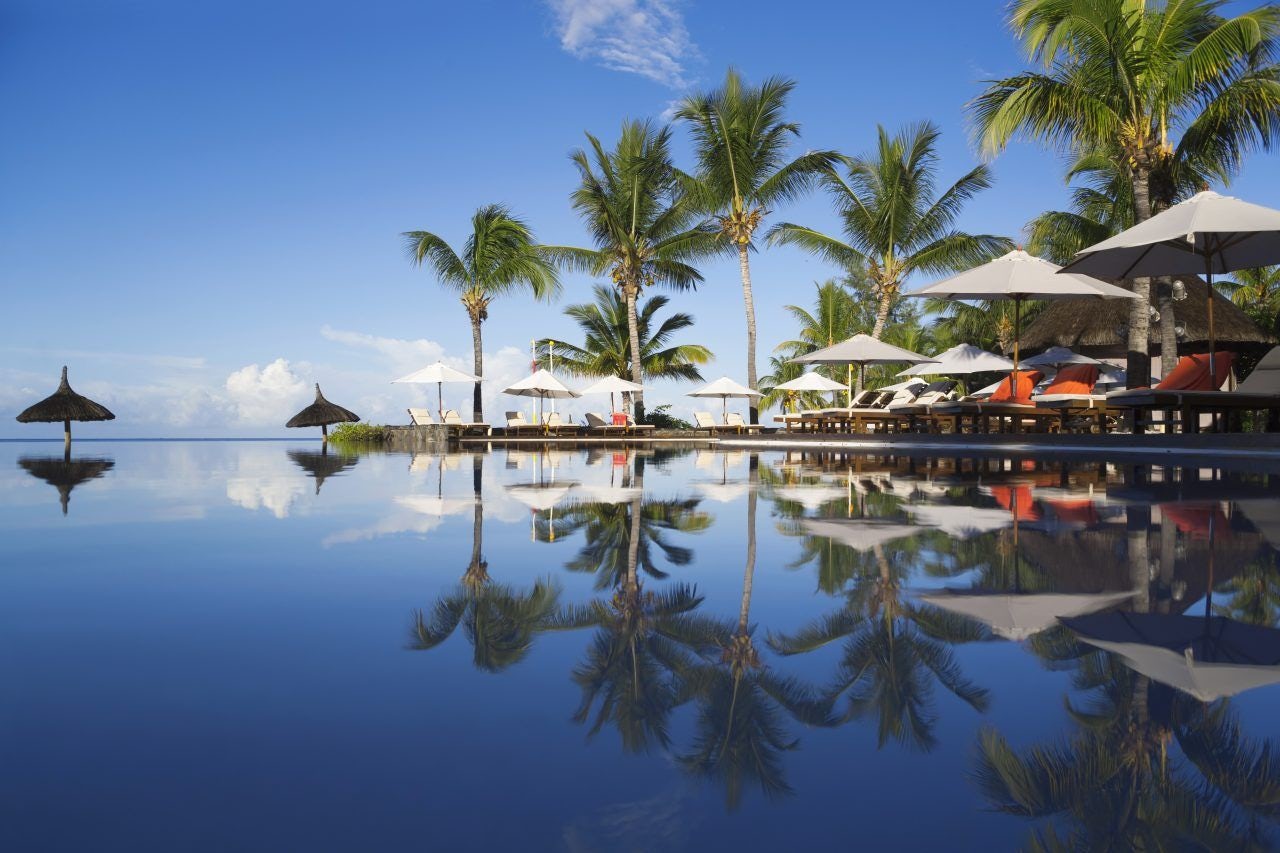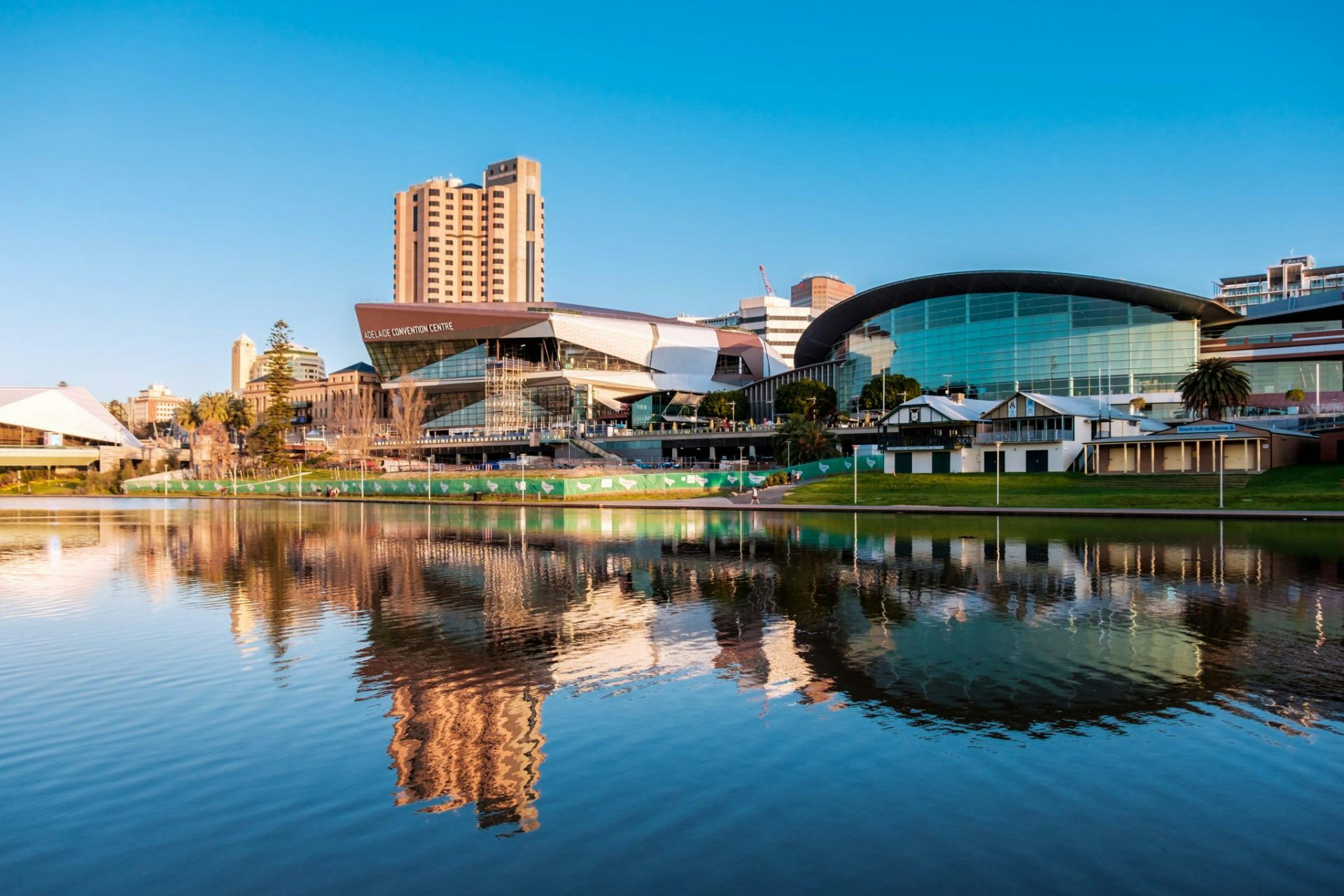Australia’s highest, government tourism body has signed a memorandum of understanding (MoU) with China’s UnionPay in a bid to encourage the spending of Chinese tourist spending in Australia. Australia’s trade minister, Steve Ciobo, announced the deal.
UnionPay is China’s, and the world’s, largest card payment firm and its credit and debit cards are accepted in 162 countries and regions.
It is unclear exactly how cooperation between UnionPay and the government of Australia will take shape. However, the move is nonetheless significant because of the direct cooperation of a major Western government with a Chinese firm.
Australia, perhaps more than any other major Western nation, is dependent on Chinese spending, and this recent MoU illustrates the Australian government’s commitment to expanding and encouraging Australia’s economic ties to China through tourism.
Chinese tourism is on track to become Australia’s number one source market in the near future, surpassing New Zealand. According to Ciobo, 1.2 million Chinese tourists traveled to Australia in 2016, and this is predicted to double by 2020. Moreover, tourism GDP in Australia is growing much faster than the overall GDP of Australia.
Of course, tourism is not the only economic tie Australia has to China. The country is a popular source of a variety of luxury goods and services for Chinese consumers.
The Australian wine industry is experiencing rapid growth in demand, largely because of Chinese consumers. Overall, Australia’s agricultural products, including dairy, are seeing growing demand driven by the Chinese economy.
Other popular Australian offerings in China include more non-traditional “luxury” goods like higher education and potentially healthcare. According to QS, tuition for international bachelor’s students in Australia is typically around 12,000.
While not especially high compared to costs in the US at both private universities and for out of state students at public universities, it is still exponentially higher than average tuition at top Chinese universities.
For a Chinese student at Peking University, China’s most prestigious university, tuition fees are between 5000 and 5300 yuan, or 760 to 805. This is not even factoring the extremely high cost of living in Australia, which is significantly higher than other developed countries like the US or Canada.
All in all, studying at a Chinese university is in and of itself a luxury reserved for only China’s most wealthy.
By signing this MoU with UnionPay, the Australian government is communicating to Chinese firms and tourists of all kinds, that it is committed to facilitating Chinese spending in Australia on all types of luxury goods and services.


